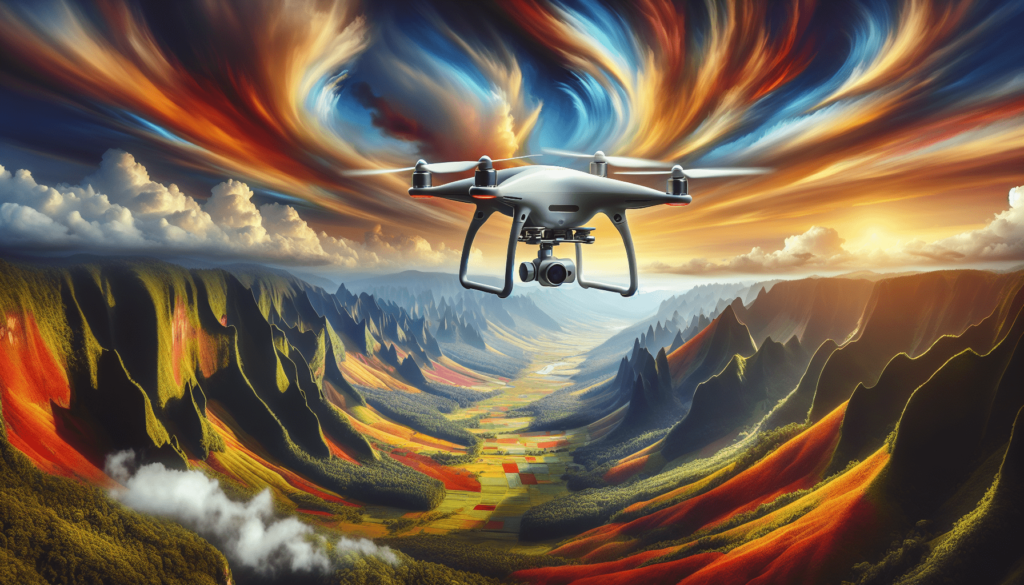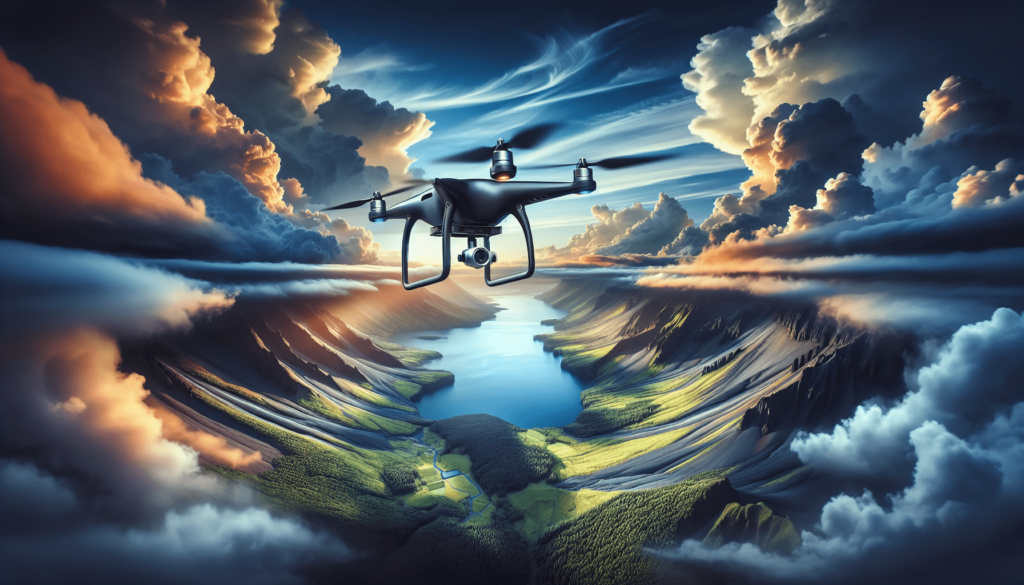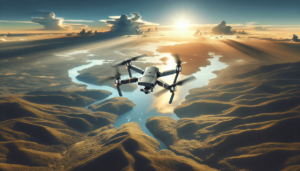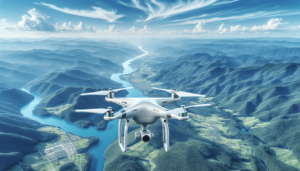Have you ever gazed at those breathtaking photos from above and wondered how on earth people manage to capture them? We’ve all been there, dreaming of taking the perfect aerial shot without having the slightest clue where to start. Well, today we’re diving into the curious world of drone photography. We’re going to untangle the process, add a bit of flair, and leave you ready to launch into the sky with confidence. Let’s break down how you can sharpen your skills and take stunning aerial photos step by step.
Getting Started with Drone Photography
Before we talk about flying drones around like seasoned pilots, let’s take a step back. You wouldn’t start cooking without knowing your recipes, right? The same goes for drone photography. Understanding the basics can make a world of difference.
Choosing the Right Drone
This is your starting point. The drone you choose will be your trusty companion in capturing those wow-worthy shots. Each drone comes with its own personality and quirks. It’s like choosing a pet, but one that flies.
| Feature | Why It Matters |
|---|---|
| Camera Quality | Higher resolution means sharper images. |
| Flight Time | Longer flights mean more shooting time. |
| Gimbal Stability | Keeps your shots steady, not shaky. |
| Ease of Use | Intuitive controls make photography easier. |
| Weight | Lighter drones are easier to maneuver. |
Take for instance, some models allow for interchangeable lenses, while others come with fixed focal lengths. Knowing what kind of shots you’re hoping to capture will guide your choice.
Getting to Know the Controls
This step is much like learning to dance. At first, it might feel awkward, like two left feet in a cha-cha. But with practice, you’ll be floating on air.
Familiarize yourself with the remote control’s layout. Understand what each button, lever, and joystick does and practice hovering, turning and adjusting the height without the pressure of capturing the perfect shot.
Read Up on Rules and Regulations
Yes, we know, rules are often met with a sigh, but in this case, they’re crucial. Each country has its own set of aerial regulations, like air traffic laws but for drones. It’s usually a mix of licensing, restricted zones, and no-fly zones around airports. We wouldn’t want to get caught flaunting laws unintentionally, would we?
Planning the Perfect Shot
Great photography, whether on the ground or in the air, starts long before you press the shutter button. It’s in the planning, the anticipation, and sometimes a sprinkle of creativity.
Choosing the Right Time of Day
The golden and blue hours are a photographer’s best friend — that time just after sunrise or before sunset when the world is bathed in rich, soft light. During these hours, shadows are longer, and the light is less harsh, which can add drama and depth to your photos. Trust us, it’s worth that early wake-up or later dinner time.
Scouting the Location
Before sending your drone up into the sky, walk around and imagine how the scene would look from above. Sometimes, understanding the ground layout can help foresee what the aerial perspective might look like.
Weather Considerations
Ah, the weather — the eternal wild card. A good rule of thumb is to avoid overly windy conditions as they might challenge even the most skilled drone operator. Clear skies usually offer more predictable outcomes unless your intention is to capture magical stormy skies.

Mastering the Art of Composition
Capturing compelling aerial images isn’t just about elevating the camera. It’s about understanding composition and how different perspectives can transform ordinary scenes into extraordinary ones.
Rule of Thirds
You’ve likely heard of this trusty rule, applicable in almost all types of photography. Imagine your image divided into nine equal segments by two vertical and two horizontal lines. Place points of interest at their intersections or along the lines to create more balanced and engaging photos.
Leading Lines
Our eyes naturally follow lines, and using them in your compositions can guide viewers through the photo. Roads, rivers, and coastlines are excellent elements to use as leading lines from an aerial perspective.
Patterns and Symmetry
From above, you can capture patterns more easily, made by nature or humans — think of a series of fields, rooftops, or park arrangements. Symmetry and patterns can bring a sense of harmony and purpose to a photograph.
Taking the Perfect Shot
Once you’ve planned and composed, it’s time to execute. But don’t worry, we’re still here to guide you through capturing the shot.
Nailing the Focus and Exposure
Spending a bit of time focusing will save you from post-editing headaches. Use the autofocus feature, but don’t hesitate to tweak it manually if needed. Exposure is crucial too — overexposed skies can lose detail, while underexposed areas might become muddied. Practice makes perfect here.
Bracketing
Bracketing involves taking several photos, each at different exposure settings. This technique ensures you capture details in both the shadows and highlights, though it might require extra editing time to merge into a single HDR image.

Editing Your Aerial Photos
Who knew snapping the photo was only half the battle? Editing can elevate an image from “nice” to “wow,” and with drones, it can be the realm where your creativity truly shines.
Essential Edits
Crop to improve composition post-shot, adjust exposure to recover those highlights and shadows, and tweak contrast for depth. Remember, our goal is to enhance, not distort reality.
Creative Enhancements
Why stick to realism when you have tools to play with? Change the mood with color grading, turn your image black and white for dramatic effect, or emphasize particular elements through selective focus.
Practice Makes Perfect
Rome wasn’t built in a day, and neither are perfect photos captured overnight. Continue capturing practice shots to hone your skills, whether in your backyard or a local park. Over time, you’ll develop your style and technique.
Sharing Your Masterpieces
Now that we’ve taken you through the journey of photographing and editing, sharing your work is the cherry on top. Whether on social media, in photography groups, or exhibitions, don’t shy away from putting your art out there. You never know who might be inspired by your unique perspective.
Let’s embark on this journey together, armed with the right knowledge and enthusiasm. We believe anyone can capture stunning aerial shots with just a little practice, patience, and the right guidance. Each stage of drone photography is as exciting as the flight itself, and we’re excited to see where it takes all of us.
![7 Essential Aerial Photography Tips For Beginners [2025]](https://droneaperture.com/wp-content/uploads/2025/01/7-essential-aerial-photography-tips-for-beginners-2025-1-300x171.png)

